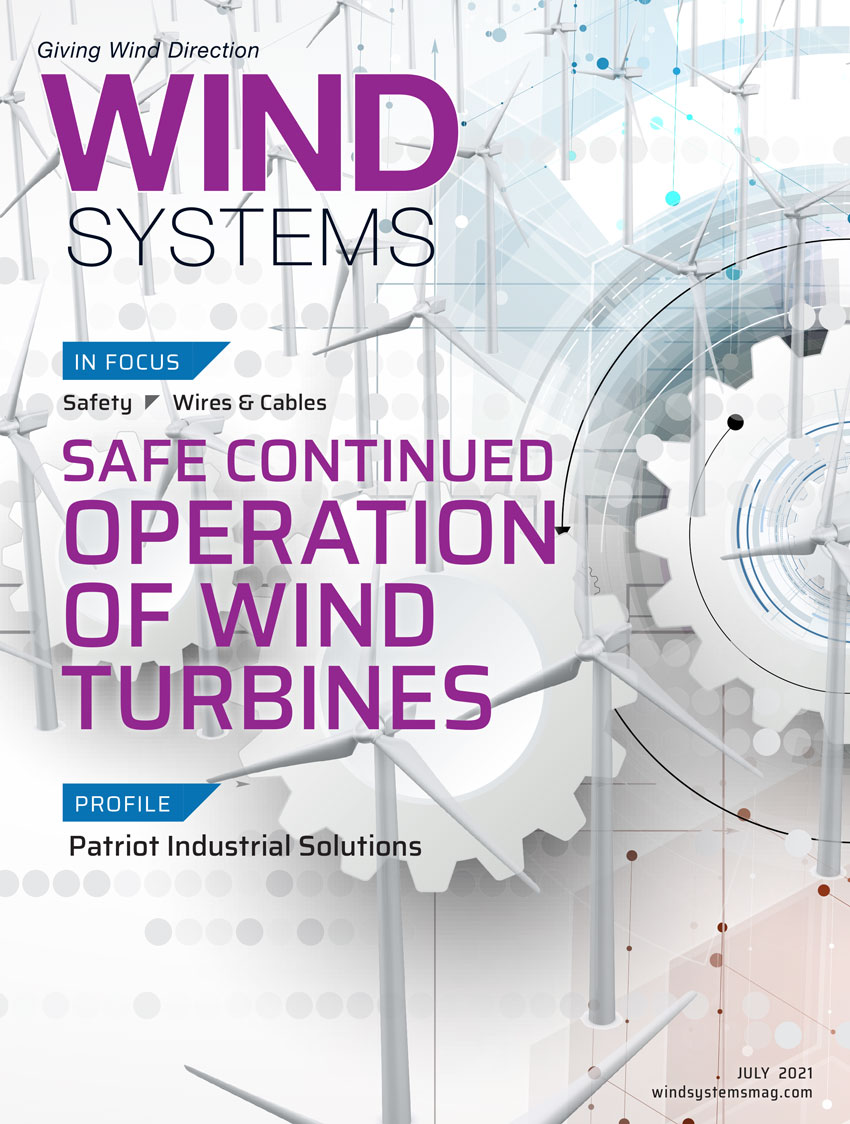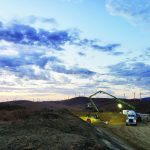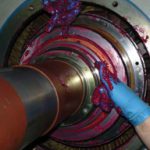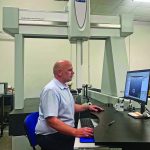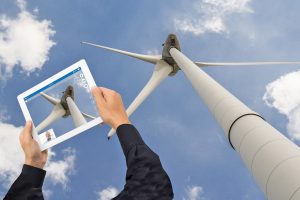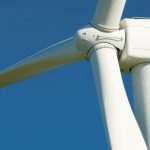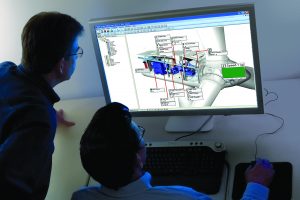For design reasons, most wind-energy converters (WEC) have a design life of 20 years. At the end of this period, owners or managers can choose whether to either dismantle or repower the WEC, or continue its operation. Dismantling is the inevitable option in the long term, when servicing and maintenance costs of the WEC exceed the income it generates. Furthermore, repowering is not always an option or may be undesirable for organizational or economic reasons, such as new regulations governing distance or land-use reclassification as a nature reserve.
In cases where repowering is out of the question and the power generated by the WEC covers at least the operating costs, continued operation is often the most sensible solution. The extent to which lifetime extension of WECs is worthwhile must be assessed on a case-by-case basis. Critical factors include yield expectations and the costs involved in operation, such as maintenance contracts. From a business and logistical perspective, it may be sensible for managers to delay dismantling and set their own date for the process. By doing so, managers of larger wind farms can stagger or flexibly schedule work and thus optimize costs. TÜV SÜD recommends that wind-farm managers act at an early stage in order to ensure compliance with all legal and technological requirements.
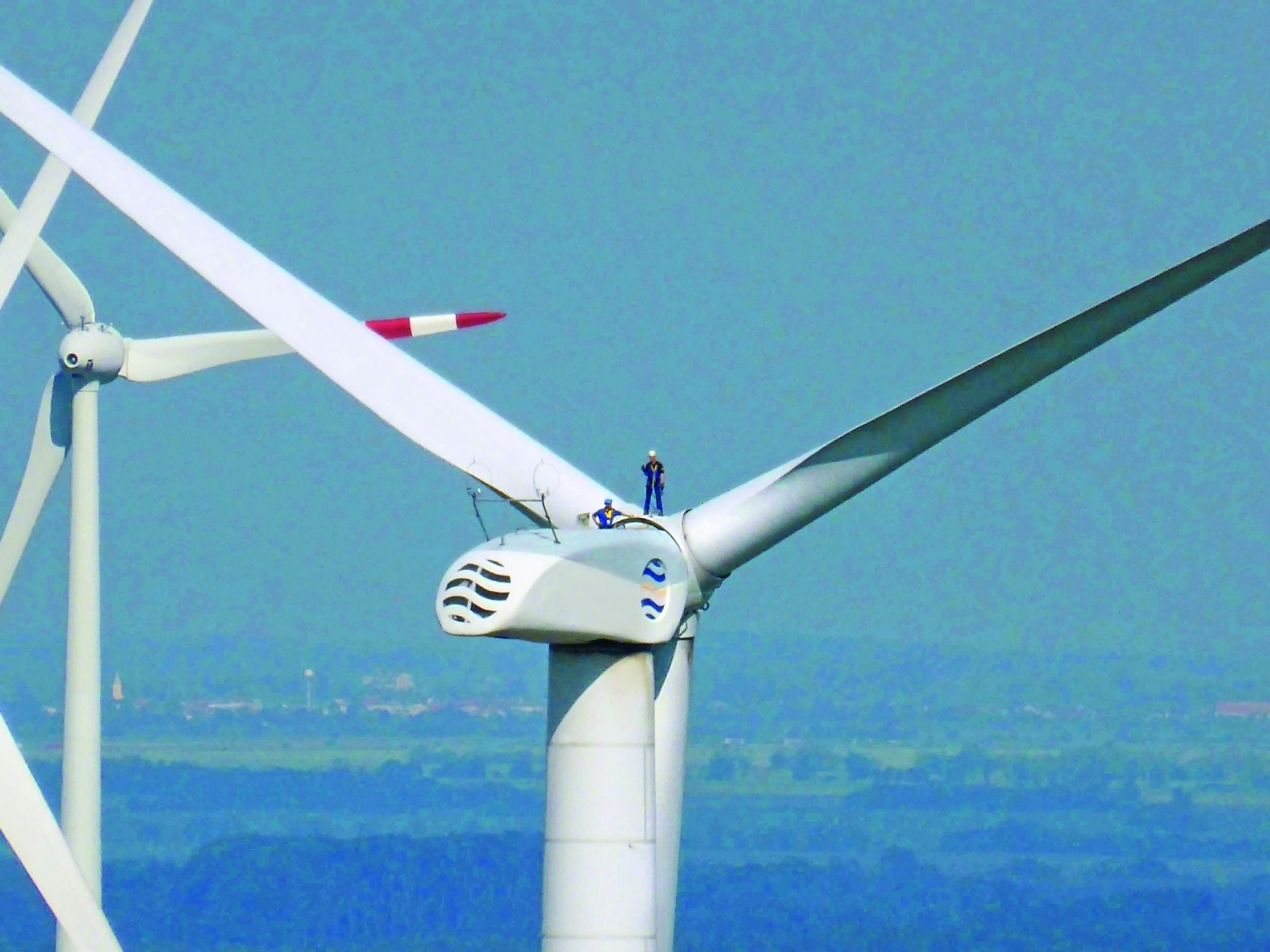
Expert opinion based on BWE principles
Once the marketing situation has been clarified, owners and managers require reliable information of the costs and efforts involved in continued operation. Working with manufacturers, operators, authorized experts, official authorities, and lawyers, the German Wind Energy Association (BWE) drew up Basic Principles for Performing an Assessment and Verification of the Lifetime Extension of Onshore Wind Energy Converters (LTE). Among other aspects, LTE establish the criteria for safe continued operation. The expert opinions drawn up by TÜV SÜD are based on the BWE principles and provide precise information about the remaining structural reserves and the type and extent of maintenance activities required. The normative and regulatory requirements are set forth in the current DIBt guideline and the IEC 61400-1. LTE can be used to prove to the competent licensing authorities and insurances that the WEC qualifies for continued operation.
The expert opinion is based on the original design conditions of the WEC and examines the loads to which the wind turbine has been exposed throughout its service life up to that point. Available load reserves are determined in the form of a load comparison, which considers the design conditions on the one hand and conditions at the site on the other. The assessment comprises a theoretical analysis and a practical part.
Theoretical analysis of structural reserves
In theoretical analysis, the data relevant for determining the service life of the WEC are compiled and evaluated. They include performance data, but also weather-related data, such as the mean wind speeds and turbulence intensities of the last 20 years. The analysis must also consider structural and topographic changes at the site, such as clearance of an adjacent forest or extension of a wind farm; these cause changes in wind conditions, and thus, in the stresses to which the WECs have been exposed.
Using the collected data and the design conditions established in type certification as a basis, the experts calculate the theoretical life of the converters. At the turn of the millennium, the design approach applied to WECs tended to be on the conservative side. This is confirmed by computer-aided analysis of the data material, showing sufficient load reserves in most instances.
Analysis of the WEC’s design delivers further information on how lifetime may be extended. It identifies the monitoring measures that should be used and the priority components to be replaced to ensure safe continued operation of the WEC throughout the targeted period. This mainly concerns components that are essential for operational and structural safety.
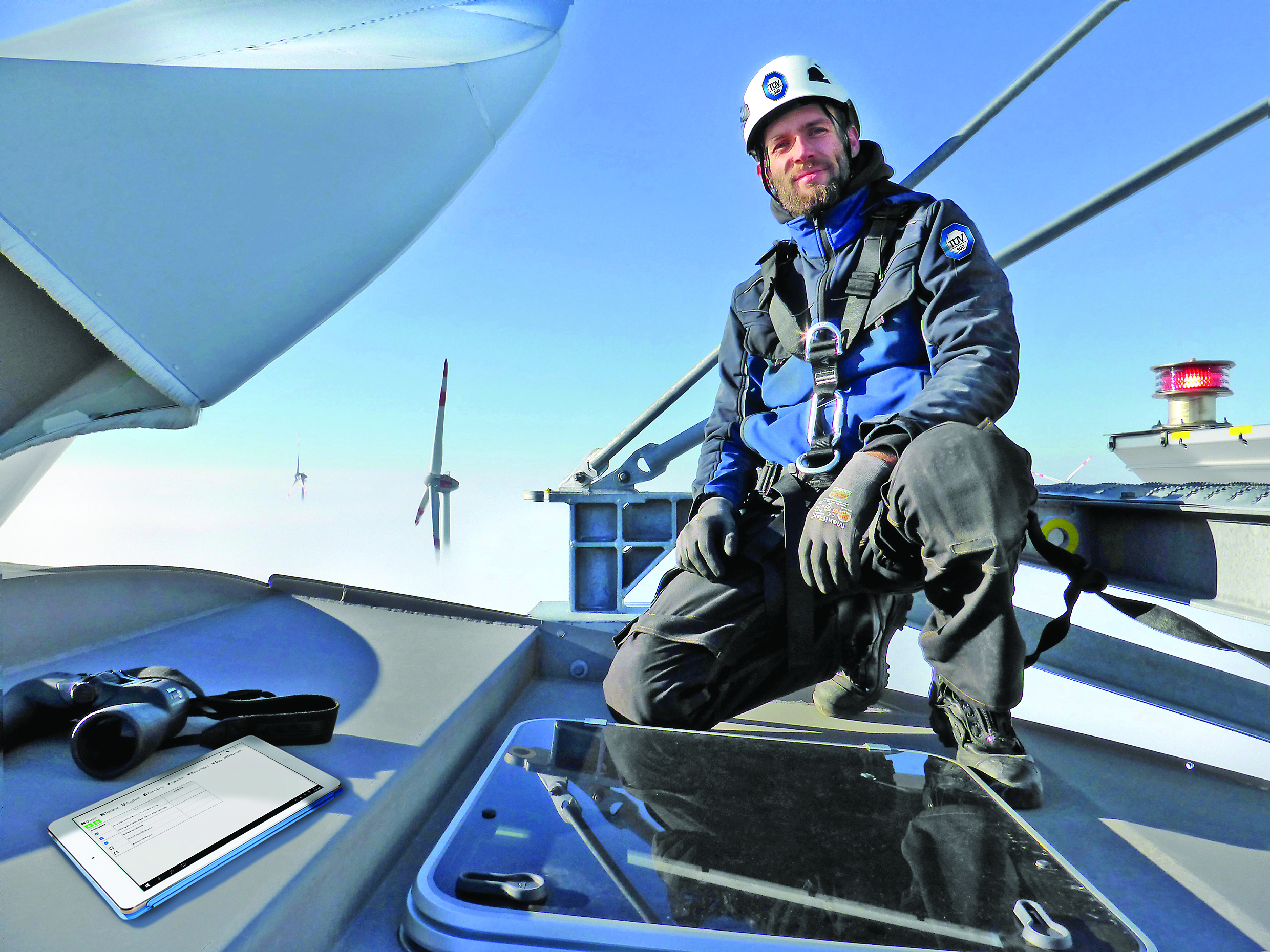
Detailed on-site assessment of the state of repair
Parallel to theoretical data analysis, the team of specialists carries out detailed on-site inspection of the turbine. The experts inspect and document the state of repair of all turbine components, from the foundation and tower to the nacelle and rotor blades. They also evaluate the results of periodic technical inspections. In this context, the experts focus particularly on load-bearing parts such as safety devices and control and braking systems.
Drawing on their long-standing experience, they also check for the typical vulnerabilities of the various turbine types. In a last step, the experts determine whether there have been any structural or landscape changes in the environment that have not yet been modeled in theoretical data analysis.
Cluster analyses for large-scale wind farms
Case-by-case inspections may prove sensible where managers’ intent is to achieve the maximum lifetime extension of a specific installation. However, for most large wind farms, they do not make good economic sense even in the case of a positive result. Given this, TÜV SÜD has developed a clustering method that allows wind farms to be assessed as a whole. Cluster analysis is possible where the site-related conditions to which a group of WECs is exposed are similar and consistent throughout the service life. In this case, cluster analysis reduces both the time and costs of assessment.
Managers obtain an overview of the state of repair of their WEC portfolio and know when and where maintenance and servicing activities will be required and to what extent. They can thus plan the continued operation of their WECs up to a point of time of their own definition, including investments for repairs and modernizations. An understanding of the technical and financial aspects of continued operation facilitates scheduling of subsequent dismantling or repowering measures and their integration into the wind-farm development plan.
The procedure is largely automated. Managers can expect a result within only four weeks. Established industrial software is used for computer simulation and load calculations. For data recording during on-site inspection, TÜV SÜD uses an app especially developed for this purpose. The app automatically processes the collected data and can create up-to-date inspection reports at all times.
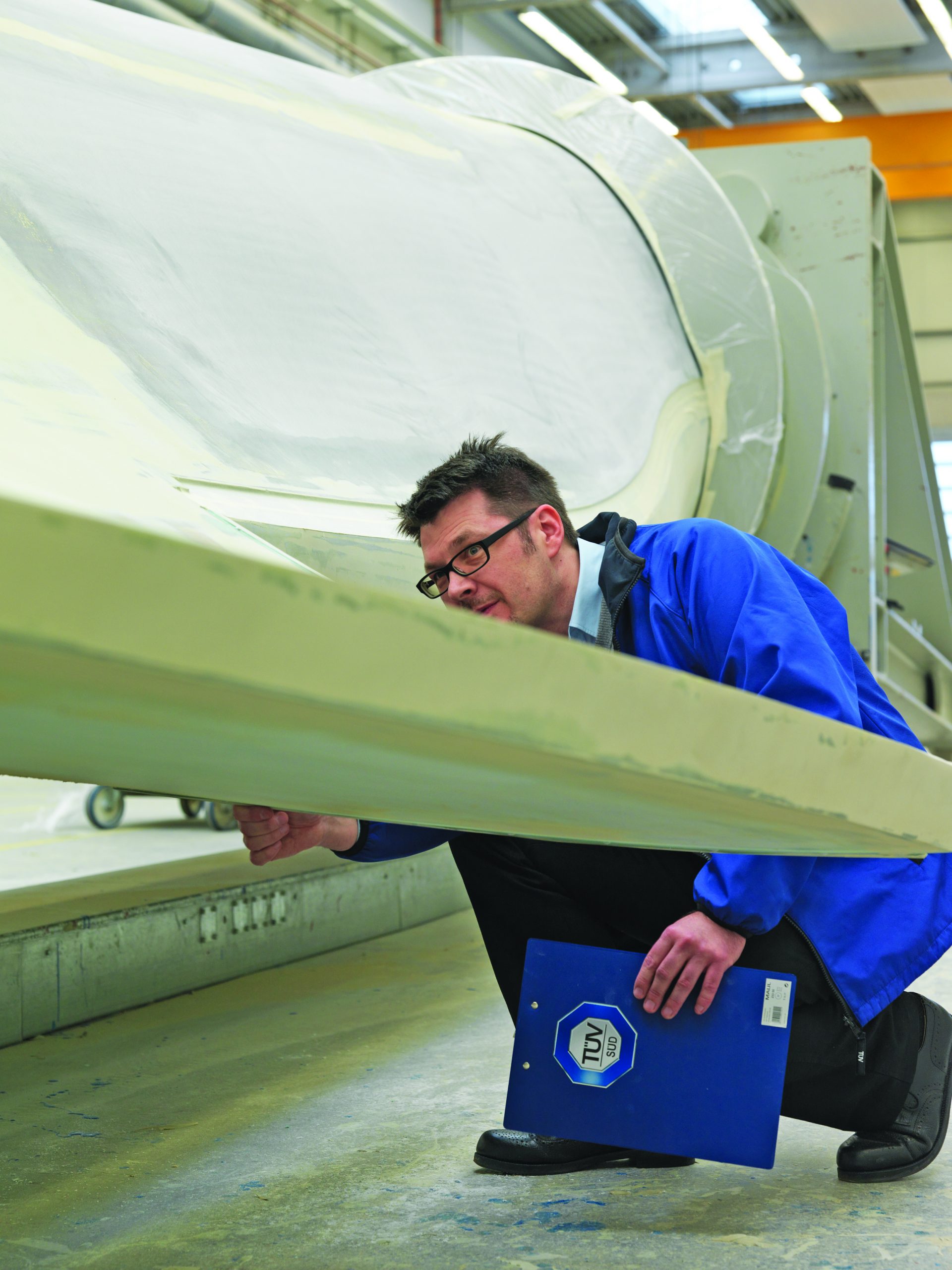
Lifetime extension possible in most cases
Most WECs have been designed for stronger wind conditions than those prevailing at the site of the wind farm. For turbines that have been periodically inspected in line with the regulations and regularly serviced, the chances of lifetime extension beyond their original design life are good. This is in line with the inspectors’ experience and applies particularly to small- and medium-sized wind farms and to WECs that have been rarely, if at all, exposed to extreme weather conditions.
In their opinions, the experts not only point out which parts need to be replaced or overhauled, but they also check whether targeted monitoring measures might also be sufficient to ensure safe continued operation over several years. Effective measures do not necessarily result in high investments. Replacing badly worn parts, such as cable sheathing and repairing surface defects such as corrosion or touching up protective coating is often enough.
Up-to-date expert opinions are helpful
Wind-farm managers should address the issue as early as possible and commission an impartial third party to carry out the required inspections of the WECs. To ensure smooth and fast expert reports, managers should collate all necessary documentation in the runup to assessment. This necessary documentation comprises the WEC license and all documentation related to WEC installation and commissioning but also all data related to operation and yield, all servicing, maintenance, repair and test reports, and wiring and hydraulic diagrams. On top of this, an expert report dating back no longer than 12 months and documenting the state of repair of the rotor blades must be provided.
Customers benefit from the one-stop services, i.e. the fact that they obtain a single complete report for all of their WECs from one service provider. The easy-to-understand document provides transparency with respect to the costs and logistics efforts involved in servicing and maintenance during the remaining service life, and helps to develop optimized concepts.
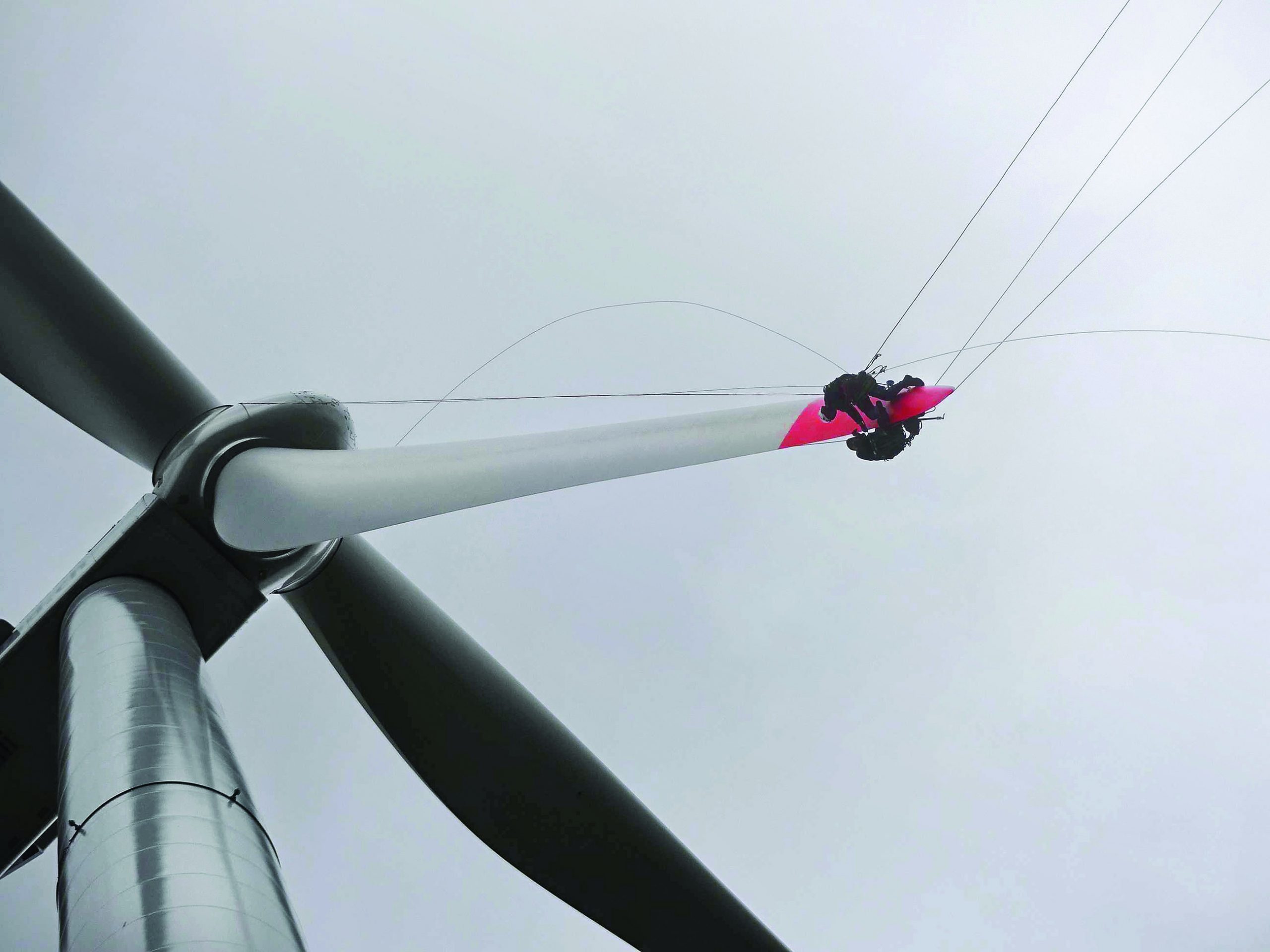
Conclusion
Wind-farm owners and managers should investigate the possibility of lifetime extension at an early stage. In many cases, lifetime extension offers a cost-effective alternative to dismantling. A positive expert report on lifetime extension ensures transparency and predictability. As a third-party testing, inspection, and certification body, TÜV SÜD inspects both individual WECs and wind-farm clusters. Within six weeks, owners and managers obtain a test report in line with the principles of the German Wind Energy Association (Bundesverband Windenergie, BWE).
















